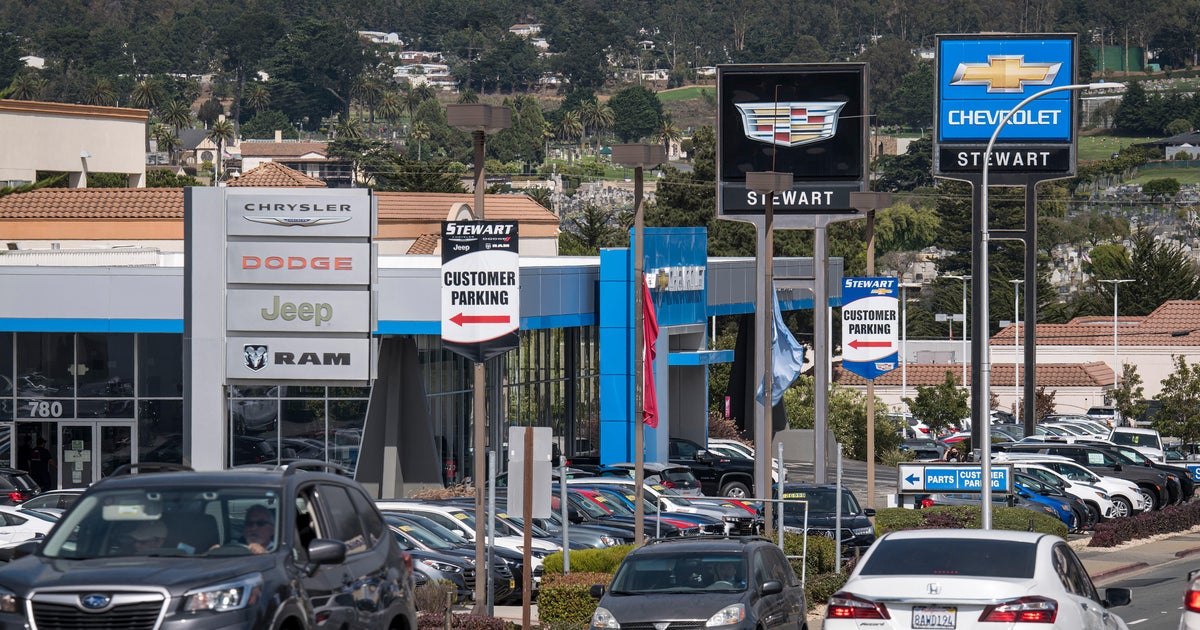Americans continue to fall behind on auto loan payments in the face of record-high car prices and high interest rates.
A recent study by VantageScore found that auto loan delinquency rates have increased by more than 50% over the past 15 years. The upward trend continues even as delinquency rates in other loan categories — including credit card loans, personal loans and home equity loans — have declined, according to the report.
“Back in 2010, auto loans were the least risky of all products at that point in time,” Rikard Bandebo, chief economist at VantageScore, said in a recent video. “Now, as we look at 2025, it’s actually — excluding student loans — the riskiest credit product.”
While a growing number of Americans have been falling behind on car payments for years, auto loan delinquency rates have picked up after a pandemic-induced dip.
The most recent data from the Federal Reserve shows that auto loan delinquency rates — defined as the portion of loan balances that are at least 30 days past due — were at 3.8% in June 2024, the highest level since June 2010.
The rise in delinquency rates includes all household income groups, VantageScore’s data shows. What’s more, delinquency rates among prime borrowers have climbed faster than subprime borrowers on an absolute basis.
“The broad-based decline in consumer credit quality indicates that economic pressures are no longer concentrated among some VantageScore credit tiers and income levels,” Susan Fahy, executive vice president and chief digital officer at VantageScore, said in a statement.
VantageScore also found that the average loan amount has increased 57% over the last 15 years — a bigger jump than any other loan category, including mortgages.
One of the main factors hurting car owners is rapidly increasing monthly payments. Data from the Federal Reserve shows that average monthly payments increased roughly $130 from January 2020 to January 2023, to $600. By contrast, in the three-year-period from January 2017 to January 2020, average monthly car loan payments had increased approximately $40, from $430 to $470.
Payments have continued to escalate: One in five new car loans have monthly payments that exceed $1,000, according to auto researcher Edmunds.
Behind the ballooning payments are rising car prices and interest rates. The average cost of a new vehicle is now more than $50,000, according to September data from Cox Automotive — the highest it’s ever been.
“Prices for both new and used vehicles surged during and after the pandemic and they haven’t come down,” Stephen Kates, a financial analyst at Bankrate, told CBS News in an email.
Those higher vehicle costs have encouraged more buyers to finance their purchases, often at increased interest rates, Kates added. The average auto loan rate in September was 7% for new cars and approximately 11% for used cars, September data from Edmunds shows.
“The combination of elevated prices and borrowing costs has led to longer loan terms, which increase the total interest paid and raise the risk of borrowers becoming underwater as their cars depreciate faster than they pay down the loan,” Kates said.
Broader economic conditions are also influencing delinquency rates, experts have noted. Fahy from VantageScore said that in addition to higher borrowing costs, the rise in auto loan delinquencies could also be attributed to inflation and an unsteady employment picture.
While inflation has cooled since its 2022 peak, many Americans are still feeling stretched by sky-high prices. A Bankrate analysis of Bureau of Labor Statistics data found that while the gap is narrowing, average wages are still trailing behind inflation and won’t catch up until mid-2026.




